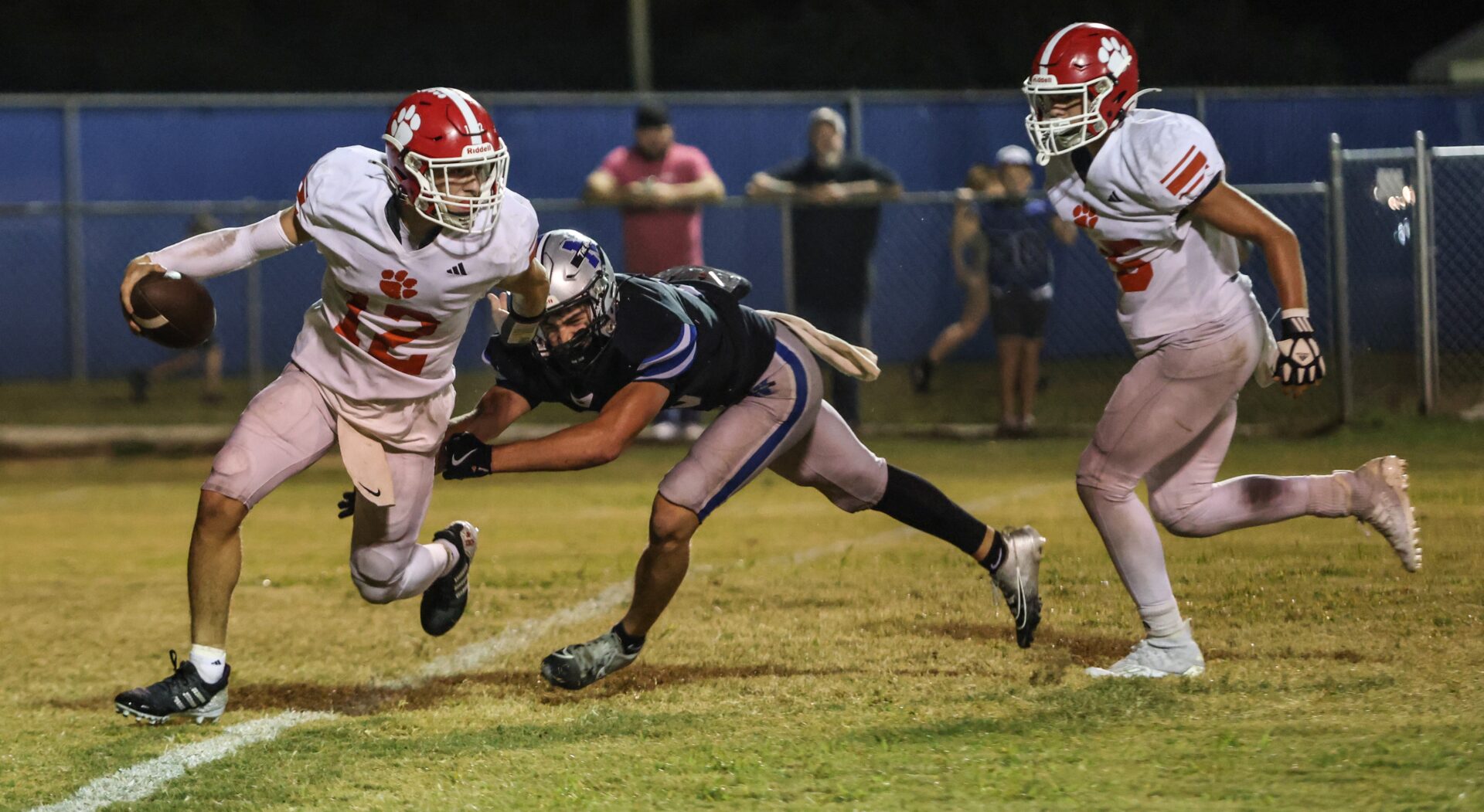
(LOS ANGELES) — Karla Rodriguez moved her family from El Salvador to Los Angeles five months ago to give her kids a better education and a better life.
Her 8-year-old son has autism. Someone at his new school recommended she reach out to a nonprofit health advocacy group, Community Health Councils, to help with his special care. Among other support and guidance, the organization helped the Rodriguez family get health insurance.
“We are immigrants, and perhaps we don’t have rights that citizens do,” Rodriguez told Los Angeles ABC station KABC in Spanish, adding that she’s grateful that California is welcoming to families like hers. “This is a huge privilege, a blessing, for our family to be able to count on something so vital, such as health care and access to it.”
But access to health insurance is a luxury not available to millions of Hispanic or Latino people across the United States. In the 100 largest U.S. cities, white people are more likely to have health insurance than people of color — and the largest gaps in most communities is experienced by Latino or Hispanic families.
The health insurance access gap is just one of many findings about the widespread inequity people of color experience in their day-to-day lives in America’s biggest cities, according to a sweeping data analysis by ABC-owned television stations.
In the report, released Tuesday, the stations’ data journalists measured equity in 20 quality-of-life areas across five categories — health, education, policing, housing and wealth, and the environment — using the latest data available from local, state and federal government agencies.
Among the findings of the stations’ report:
– In at least 18 of the 20 categories measured, the data revealed inequities in more than half of the United States’ largest cities. Among the 52 metro areas sampled, 34 are major metropolitan areas with at least 1 million residents. Twenty-three of the cities are in the Southern states of Alabama, Arkansas, Florida, Georgia, Kentucky, Louisiana, North Carolina, Oklahoma, South Carolina, Tennessee, Texas and Virginia. Among the 100 cities studied, all had inequities in at least 11 of the 20 categories measured.
– The inequities highlighted in the report were most widespread in the areas of housing, wealth, and interactions with police. The data revealed inequities across all five housing and wealth measurements in 87 of the 100 cities studied. The review found inequity in all three policing measurements in 86 cities.
– The data show that white families are more likely to own their home in all 100 metro areas. The homeownership gap for Black families was more than 30 percentage points in more than half the metro areas.
– Data from the FBI and local police agencies show Black residents were more likely to be arrested in all 100 metro areas, and that they were at least twice as likely to be arrested in 95 of them.
– In all but one of the 100 metro areas, an analysis of census data showed that the share of police officers who are white is larger than the share of residents who are white. In five cities including the metro areas of Durham, N.C., Portland and Las Vegas, the makeup of law enforcement agencies was whiter than their communities by more than 20 percentage points. Asian Americans were underrepresented among police in 97 of the 100 metro areas, including in every county in the San Francisco Bay Area, where Asian Americans make up around 18% of all police officers despite accounting for 34% of the population.
– Data from local schools and the U.S. Department of Education showed that Black students were twice as likely to miss days of school for suspensions than white students in 95 of 100 metro areas.
“We’re looking for fairness,” said Melanie McQueen, a parent of a high school student of color in the Chicago suburb of Oak Park, where the local school district’s data shows students of color accounted for 86% of suspensions despite making up only 43% of students. “If my child did something wrong, it should not matter what color they are in regard to what their punishment is going to be.”
McQueen leads African-American Parents for Purposeful Leadership in Education, a group that has worked with school leaders to make sure policies are implemented equitably.
In a statement released in response to the equity report’s findings, Oak Park River Forest district officials said they are “committed to achieving racial equity” and their “vision of equitable excellence centers on eliminating the disparities that exist in our district.”
The equity report’s data analysis also found that access to Advanced Placement courses, which give students an advantage in college admission and readiness, is more available to white students than students of color in more than half of the 100 cities studied.
Heather Bennett, Director of Equity Services for the Pennsylvania School Boards Association, said her state is working to bridge those kinds of gaps.
“That’s what equity is,” Bennett said in response to the report’s findings. “It’s literally saying, ‘I believe every single one of our children are gifted — but they’re gifted in different ways and require different things and resources.’ So what are we going to do to make sure that they are going to be successful, based upon their idea of success?”
Copyright © 2021, ABC Audio. All rights reserved.




